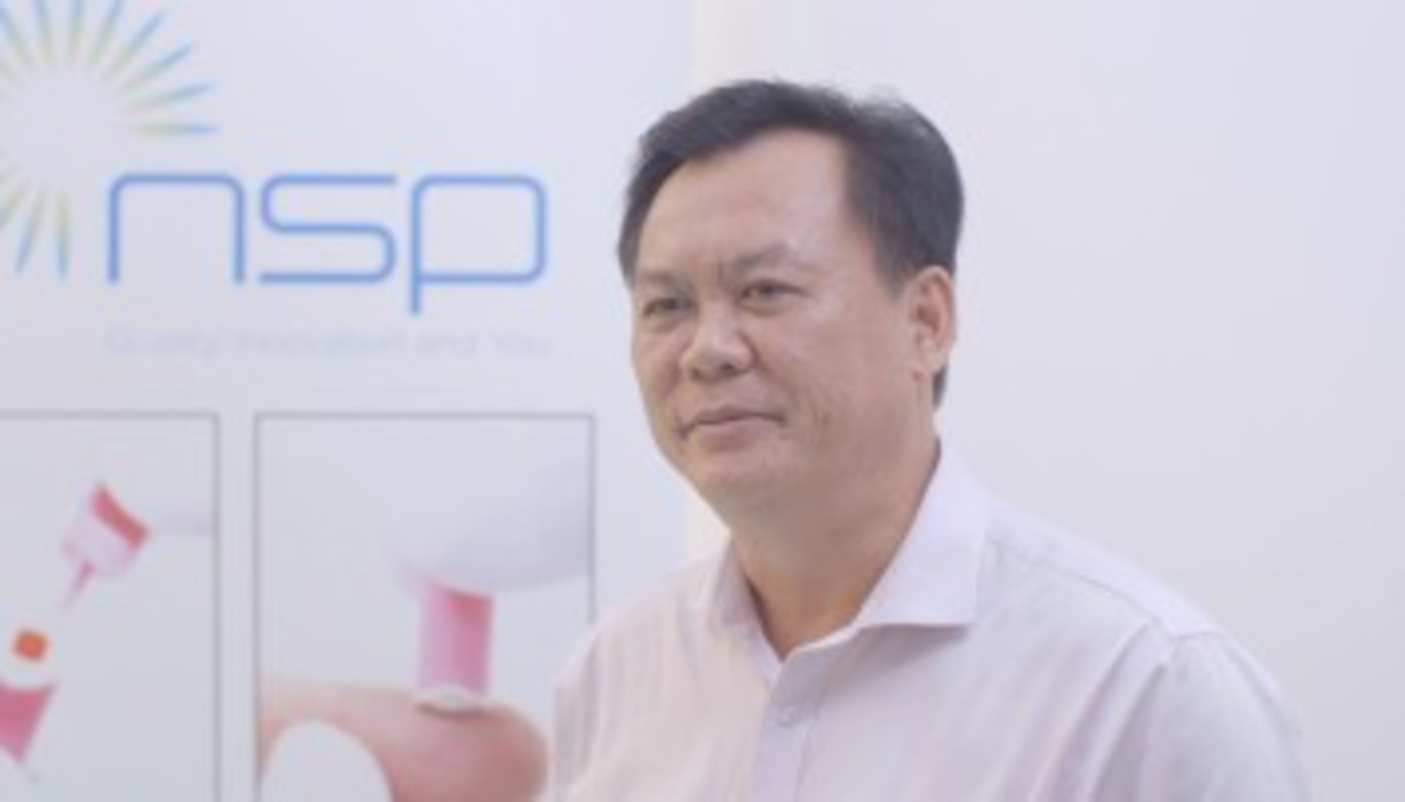Snapkis
Franchisees often have to rely on other companies to provide and protect all the IP rights they need to trade successfully – but one well-known Singapore franchise has decided to take a different path to grow and diversify its business.
Background
After 20 years in the franchisee business, the directors of Mothercare Singapore had expanded to over 40 stores covering Singapore, Malaysia and Hong Kong. They then decided to branch out to start Global Outsource Solutions, a trading distribution company. Global Outsource provides distribution and marketing for international baby brands in Singapore, Malaysia and Hong Kong.
Recently, it has taken the further step of launching its own branded range of products – Snapkis – sold both through Mothercare stores and a range of other baby retailers. They launched the brand with a range of baby car seats, which was quickly followed by baby and feeding essentials.
Grasping the opportunity
In 2015, to deal with uncertain global trading conditions, the company decided to strengthen the business by moving further up the value chain. As Executive Director, Ms Pang Shu Ming explains:
"We needed a more sustainable business strategy that gives us greater control and ownership."
"With 30 years’ experience from Mothercare, we understand the needs of parents and babies. We know what makes a quality product and want to give best value to our customers. We have the rest of the ecosystem in place, so we can test our new products and get quick feedback. It has frustrated us in the past, when climbing costs of a certain brand meant that we could no longer carry the brand in the market. With our own brands, we can better meet the needs of our customers on both quality and pricing. Also, the timing was good for us because we had the right people in place."
Sourcing ideas from outside the organisation
Because of its long experience in serving the baby goods market, Global Outsource has the necessary expertise to design certain products in-house, and in the case of more technically challenging products, engage with external designers and engineers. These are being produced in conjunction with contract manufacturers in other countries.
For innovation, the company expands its possibilities by having its in-house team work with a range of external partners - design firms, engineering consultants and product innovation firms. One of the unlikely sources - a random conversation with the NUS Industrial Design department - yielded a particularly promising final year student project. The NUS designer now works with a specialist product design agency to refine the idea and prepare it for production. “This is a great way to expand our R&D pipeline.”
The next challenge for Global Outsource is to find the most effective way of bringing future products to market that is consistent with a good risk management strategy.
"We are working on developing the right business model. The core brand strategy and product ranging work is very much led from within the company. We establish long-term relationships with key innovation partners, and collaborate with them to bring the brand strategy to life in a way that delights our customers."
Currently, most engagements are contract based. However, we are considering whether to form a joint venture to co-own ideas like the project we are doing with the NUS designer, because we don’t yet know what the future development path will be. The joint venture can then own and protect all the intellectual property and take responsibility for other matters, such as product liability.”
IP protection strategy
Global Outsource chose patents and trademark protection as its primary IP protection strategy. Initially, in 2015, it filed combined marks (word and image) for the Snapkis name in five different classes in Singapore, Malaysia and Hong Kong. Since then, it followed this up with more classes and countries, as the company’s plans to expand the product range have developed. “Initially, it’s not easy to understand the different forms of filing. Identifying the product categories is quite challenging, especially how to narrow them down to the most relevant.”
Working with contract manufacturers has led the company to consider whether the existing trade mark registrations should be extended to China.
"For a start, we focused on the territories where we were planning to sell, but along the way, our IP advisers recommended we made a filing where we intend to produce as well.
For the time being, design registration has not been prioritised, as Shu Ming notes that even comparatively small changes to product styling can cause protection to be weakened or lost.
Currently, the company are developing new to market products which will require patent filing. One of the products is in a provisional patent stage, and they look to proceed to full patent filing. "We will patent key competitive features that are not currently available in the market, that are worth our investment to file and protect over the long term. Creating our own brands has been a big learning journey for us, and we are still in our infancy, with many good partners who have helped us along the way."



Book a complimentary chat with us to learn how you can leverage on your IP.
Book IA Chat Session


